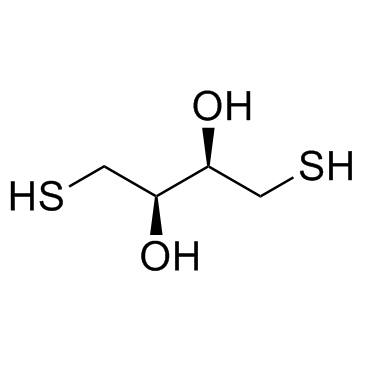| Structure | Name/CAS No. | Articles |
|---|---|---|
 |
L-Nicotine
CAS:54-11-5 |
|
 |
(±)-nicotine
CAS:22083-74-5 |
|
 |
Hemicholinium 3
CAS:312-45-8 |
|
 |
Epidermal Growth Factor
CAS:62253-63-8 |
|
 |
DL-Dithiothreitol
CAS:3483-12-3 |